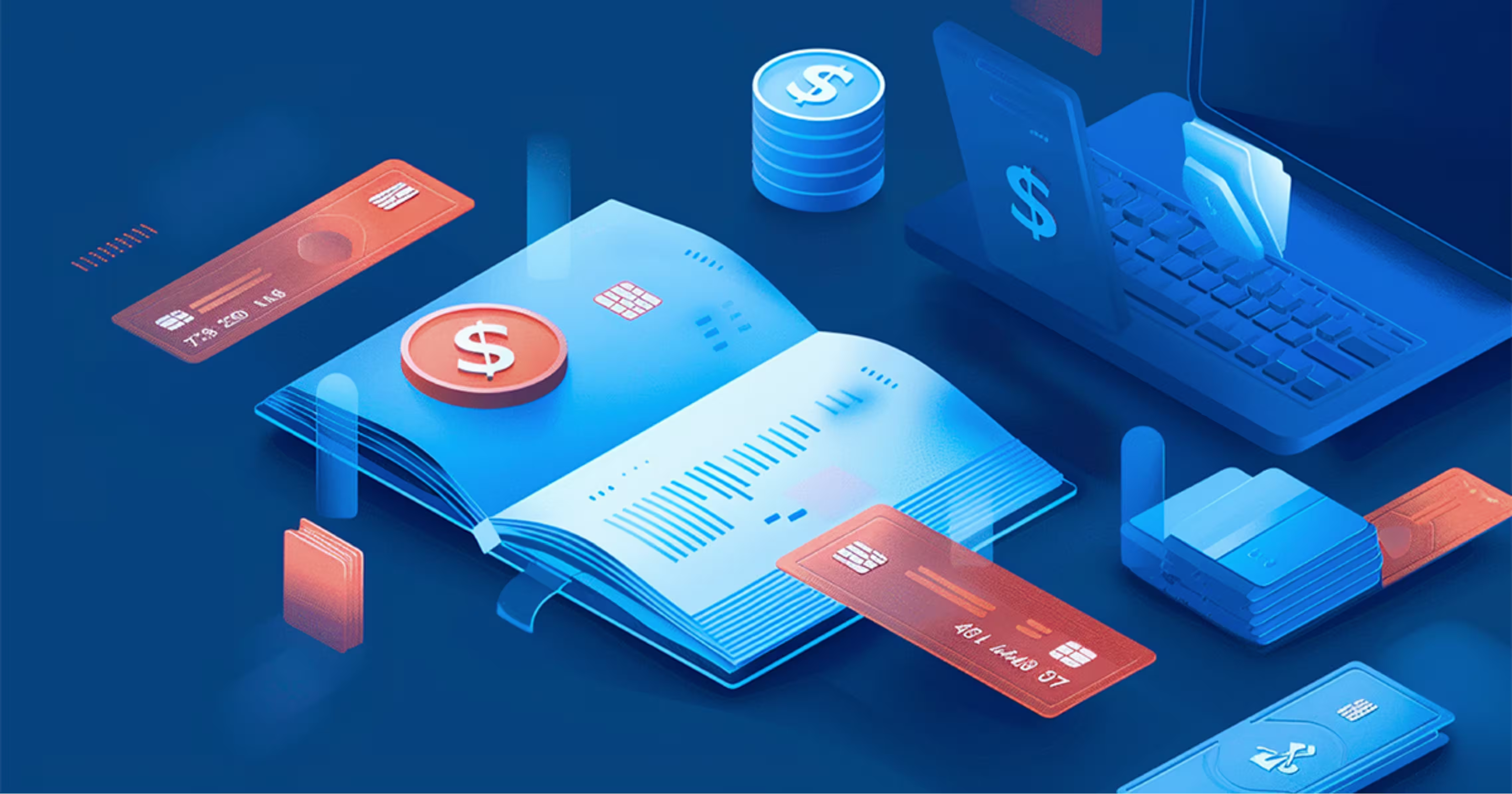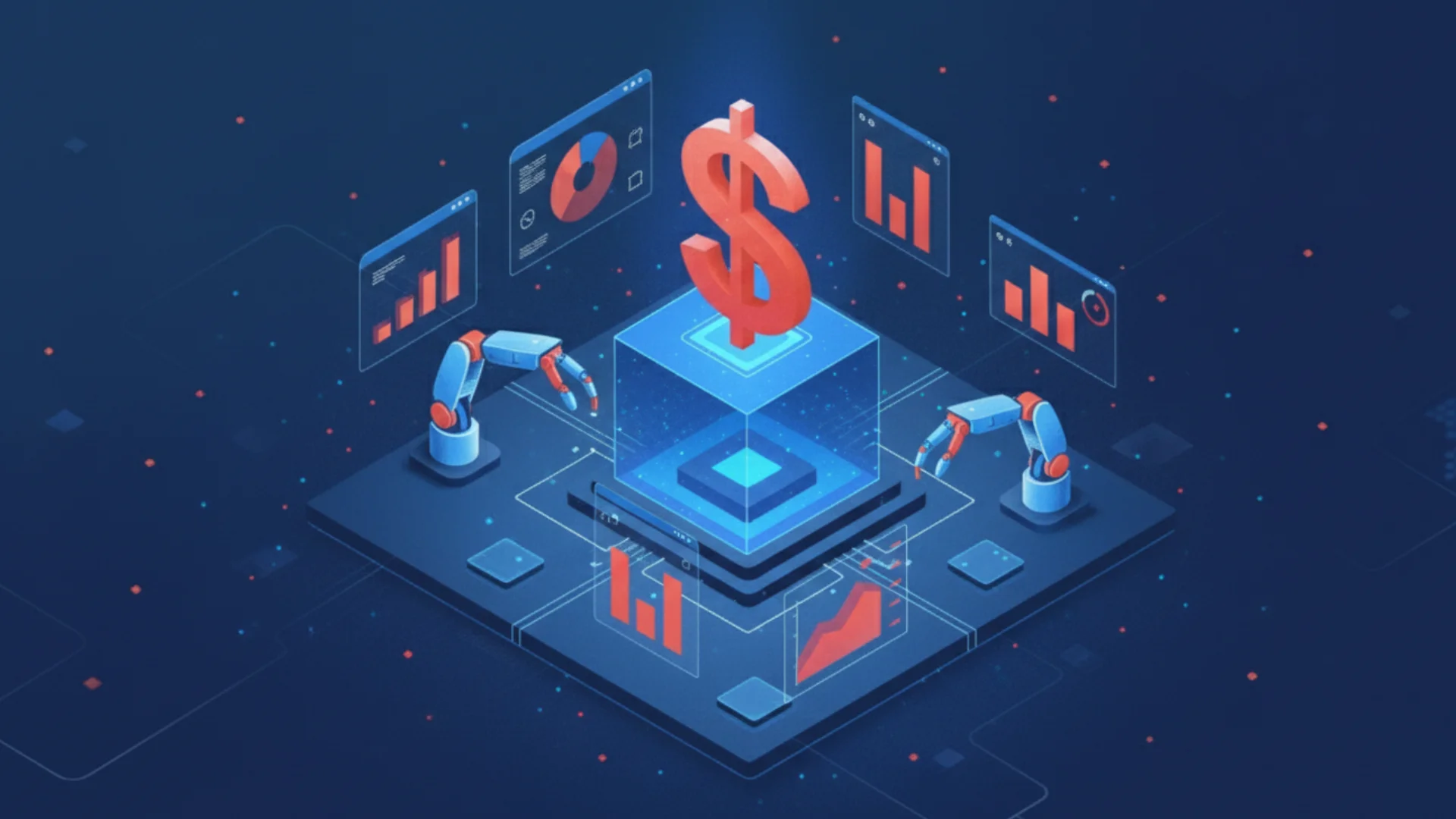Does Usage-Based Pricing Make Sense for Your Business?

Today, three out of five SaaS companies are using some form of Usage-Based Pricing (UBP). They are either fully implementing it or are in the process of actively testing it out.
UBP has become mainstream in many industries, not just SaaS.
How did we get here?
For starters, companies with usage-based pricing models experience a growth rate of 38%.
If that got your attention—here’s what got us thinking:
Companies implementing usage-based pricing achieve an average Net Revenue Retention (NRR) of 137%.
In fact, usage-based public SaaS companies are continuing to grow significantly, with a 54% revenue increase compared to the broader SaaS index, primarily due to outstanding net retention rates.
As a result, we’re seeing a lot more takers for usage-based pricing.
According to research from OpenView, SaaS firms implementing usage-based pricing experience accelerated growth, which can be linked to improved CAC payback and net dollar retention rates. This explains the increasing adoption of this pricing model. Which, by the way, has doubled in recent years.

With UBP on the rise, is this a viable option for your business?
Defining a pricing strategy is a critical step, impacting various aspects such as business strategies, product development roadmaps, and, most importantly, revenue generation.
We want to help you break down, analyze, and decide if you should switch to usage-based pricing.
Let’s say a company is operating without usage-based pricing.
Since the price is contractually fixed, to increase revenue, the only levers that the business has are:
- to find new customers to sell to
- to sell additional modules
That’s not all; there are many challenges arising due to the static nature of pricing, where companies struggle to align their revenue with the actual value delivered to customers.
Ultimately, these limitations can hinder the company's ability to adapt to market changes and fully cater to customer expectations.
Key challenges of a fixed-price model
With a fixed pricing model, you could end up with stunted revenue growth in the long run. Let’s take a close look at the challenges that eventually lead to slow growth.
Limited revenue growth potential
Let’s assume your customer has purchased all the modules that are relevant to them. Now, with a contractually fixed price, by default — you won’t make any additional revenue from this customer, even if the customer is getting more value from your product or service, limiting the company's ability to increase revenue from existing customers.
Complex contract renegotiations
The only way you can have your revenue match up to the value provided to the customer is to renegotiate the contract.
Now, this doesn’t come without its hurdles.
To put it simply — it requires significant resources and could potentially affect customer satisfaction.
If you break down the steps of contract renegotiations, you will find that you:
- Require people's time; it could be sales, customer success, or anyone else involved in the client relationship team
- Incur personnel costs (think: salaries and upsell commissions)
- Will probably go through the whole budgeting and approval process within the client’s organization, and if it does, you can expect delays and push-backs at the very least
- May find that the upsell process doesn't even occur if the upsell amount isn't substantial enough to align with your team's incentives
At the end of it, if you fail to go through with the upsell — the NRR (which will be pulled up only by these high-effort upsells) will be dragged down by churn.
Difficulty in pricing for various customer sizes
Another aspect to consider is that different customer sizes demand tailored pricing plans.
When you cater to small customers as well as large enterprises, you end up creating a whole plethora of pricing plans that are tailored to the diverse needs of these customers. Even then, you will probably be leaving money on the table because you're not capturing your fair share of the full value that you're providing.
Let's consider pricing models for a call center company to understand the challenges of pricing for different customer sizes.
1. Customer size: Small business
Use case: A small inbound call center with a team of 5 agents handling up to 500 calls per month.
Pricing plan: A basic package with limited features, such as essential call routing and basic analytics, priced at a low monthly fee based on the number of calls handled.
2. Customer size: Medium-sized business
Use case: A medium-sized call center with 20 agents managing around 2,000 calls per month.
Pricing plan: Enhanced package with more advanced features, including customizable IVR (Interactive Voice Response) systems, call recording, and detailed analytics, priced at a moderate monthly rate based on call volume and additional features. To support customer engagement beyond phone interactions, businesses can also use Uniqode's dynamic QR codes to create scannable links for support resources, feedback forms, or onboarding documentation.
3. Customer size: Large enterprise
Use case: A large enterprise-level call center with over 100 agents processing tens of thousands of calls monthly.
Pricing plan: A customized package offering a full suite of features, such as omnichannel integration, Customer Relationship Management (CRM) integration, advanced analytics with predictive modeling, and scalable infrastructure, priced at a higher rate based on extensive usage and specialized requirements.
In this scenario, a usage-based pricing model would allow the call center company to tailor pricing plans based on specific usage metrics (e.g., call volume, number of agents) and feature requirements for each customer segment. This approach ensures that customers pay based on their actual usage and the value they receive.
Misalignment of revenue with the value provided
Over time, revenue from fixed pricing may diverge from the actual value offered, leading to a mismatch between what customers pay and the value they receive. This misalignment can undermine the sustainability of the business model and impact customer retention.
What are the main benefits of usage-based pricing?
Now that we have seen the challenges that imply why you might want to switch up to usage-based pricing, we’ll run through the benefits of UBP.
Automatic revenue increase
With usage-based pricing, revenue grows organically as customers use more of the service or product. For example, a cloud storage provider offering usage-based pricing sees revenue increase as customers store more data without the need for additional sales efforts. This creates a scalable revenue model directly linked to customer usage levels, where revenue increases happen automatically without any additional human intervention.
Streamlined sales efforts
The focus of your sales team’s efforts shifts from complex contract negotiations to adjusting pricing structures based on customer usage patterns. This simplifies the sales process and reduces the time spent negotiating fixed-price contracts.
Bypassing organizational hurdles
You no longer need to wait on internal client teams to get a ‘go-ahead’ on revenue increases. With the usage-based pricing model, you can skip the multiple back-and-forths with your client’s budgeting and finance departments for revenue approvals.
High net revenue retention
Research findings highlight the importance of usage-based pricing in achieving top net revenue retention rates among companies. According to a report by Peakspan Capital and Ibakka, companies with an NRR above 130 are preferred investment targets, particularly those integrating usage-based pricing. As seen earlier, the automatic revenue uplift from usage-based pricing contributes to a higher NRR. A good pricing metric should reflect the economic value provided. That's why usage-based and transactional pricing often outperform other metrics when it comes to contributing to a good NRR. We recently covered this topic in detail here.

Revenue alignment with customer value
Usage-based pricing ensures revenue scales with the value provided to customers. Evaluating a suitable usage-based billing platform can help align your pricing strategy with customer value and consumption patterns. When usage metrics closely align with customer value metrics, pricing becomes more transparent and fair. For example, a ridesharing company charging based on the distance traveled directly correlates pricing with the service's value to the customer.
Facilitating product-led growth
Usage-based models support Product-Led Growth (PLG) by catering to customers of all sizes, from individuals to large enterprises. This flexibility allows businesses to adapt pricing based on customer needs and usage levels, enabling broader market penetration and customer acquisition. We recently hosted Daniel Sharon, Head of Ops & Finance at Qwak, for a webinar where we took a deep dive into how to leverage PLG strategies for usage-based pricing.
Drawbacks and solutions for usage-based pricing
While usage-based pricing offers advantages, it also presents challenges that businesses must address to optimize customer satisfaction and operational efficiency.
Customer budgeting challenges
Challenge: Customers struggle to budget due to variable costs associated with usage-based pricing.
Solution: Implementing a tiered structure based on usage might help your customers get more predictability in their bills, which is a top decision driver for customers.
Alternatively, establishing an upfront amount based on the previous year's usage can assist in budgeting for the upcoming year, with the first year's amount agreed upon upfront. However, this approach comes with the drawback of 'losing' the revenue for the current year. Essentially, the differential amount is deferred by a year, functioning similarly to billing in arrears for the differential amount.
On the positive side, this method offers improved upfront cash flow. Whether this approach is beneficial depends on the growth rate of your customers compared to your company's cost of capital (if you aren't profitable) or return on capital (if your company is profitable).
For example, let's consider a CRM company that typically bills customers annually. If the company decides to charge customers an upfront amount for the upcoming year based on their previous year's usage, they may receive the payment in advance, leading to better cash flow in the current period.
However, this means the revenue recognized for the current year decreases, as the differential amount is effectively deferred to the following year.
Billing transparency
Challenge: Customers may resist usage-based pricing due to billing uncertainty, requiring additional sales efforts to overcome objections.
Solution: Offer transparent billing information and visibility to avoid bill shocks. Providing detailed usage breakdowns and real-time billing updates can alleviate customer concerns and build trust in the pricing model.
Mitigating customer pushback
Challenge: Customers may push back against usage-based pricing models due to perceived complexity or uncertainty.
Solution: Educate customers about the benefits of usage-based pricing to address their concerns effectively. Providing educational resources, such as case studies or testimonials, highlights cost savings and flexibility. This will help explain the value proposition of the pricing model.
Financial planning considerations
Challenge: Businesses must understand the impact of upfront cash flow versus deferred revenue on customer growth and financial sustainability.
Solution: Conduct a thorough financial analysis to assess the implications of usage-based pricing on cash flow and revenue projections. Balancing short-term cash flow needs with long-term revenue potential is essential for sustainable growth and profitability.
Are you ready to explore usage-based pricing?
Usage-based pricing has become increasingly popular among many companies, allowing them to align costs directly with usage levels. Zenskar simplifies usage-based pricing by offering a flexible billing architecture that effortlessly supports various pricing models and manages usage data without requiring complex engineering efforts.
Revolutionize your pricing strategy and drive growth with Zenskar's innovative billing solution.
Book a demo today to discover how you can easily experiment with different pricing approaches using Zenskar's suite of advanced billing features.
Switch to zero-touch FinOps with Zenskar
Vertice closed books 70% faster with Zenskar
We launched our product 4 months faster by switching to Zenskar instead of building an in-house billing and RevRec system.















%20be%20truly%20invisible_.webp)











